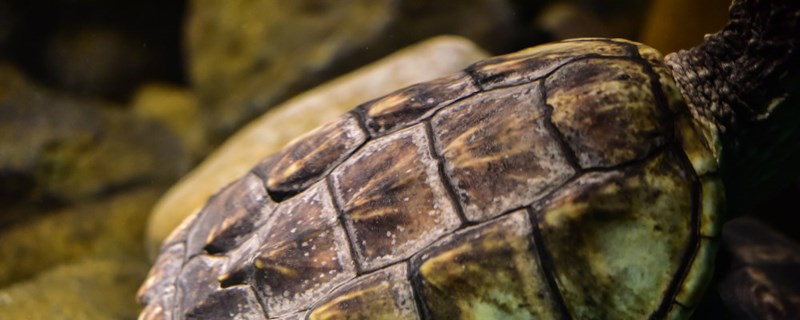
The most common problem in muddy water turtle breeding is that the bottom mud becomes smelly. This is due to the lack of oxygen in the bottom mud, which leads to the proliferation of anaerobic bacteria. They will release odor after decomposing food residues and feces. If you want to solve this problem, you need to plant some aquatic plants, which can release a certain amount of oxygen and inhibit the growth of anaerobic bacteria. In addition, we should pay attention to the amount of feeding, feeding a little less can also avoid the odor of sediment.
1. Changing water: It is necessary to change water when raising turtles in muddy water. If only new water is added to it, harmful substances in the water body will gradually accumulate, and when it reaches a certain amount, it will poison the turtles. It is worth mentioning that if the mud is better, you can reduce the water change, but also can not change.
2. Release of turtles: To raise turtles in muddy water, you must first establish a good ecosystem, and then release the turtles, rather than immediately release them in a good environment. Usually, after the muddy water environment is arranged, it needs to stand for a period of time, and then the impurities on the water surface are fished out, waiting for the water to precipitate. If the water in the upper layer remains clear and does not stink after a week, the turtle can be released.
3. Choose mud: Not all mud can be used to raise turtles in muddy water. If heavily polluted mud is used, it will do great harm to the turtle's body. Usually, it uses mud from ponds, which itself contains certain beneficial bacteria, and it will be easier to establish an ecosystem. You can also use clean yellow mud, but try it for a period of time.